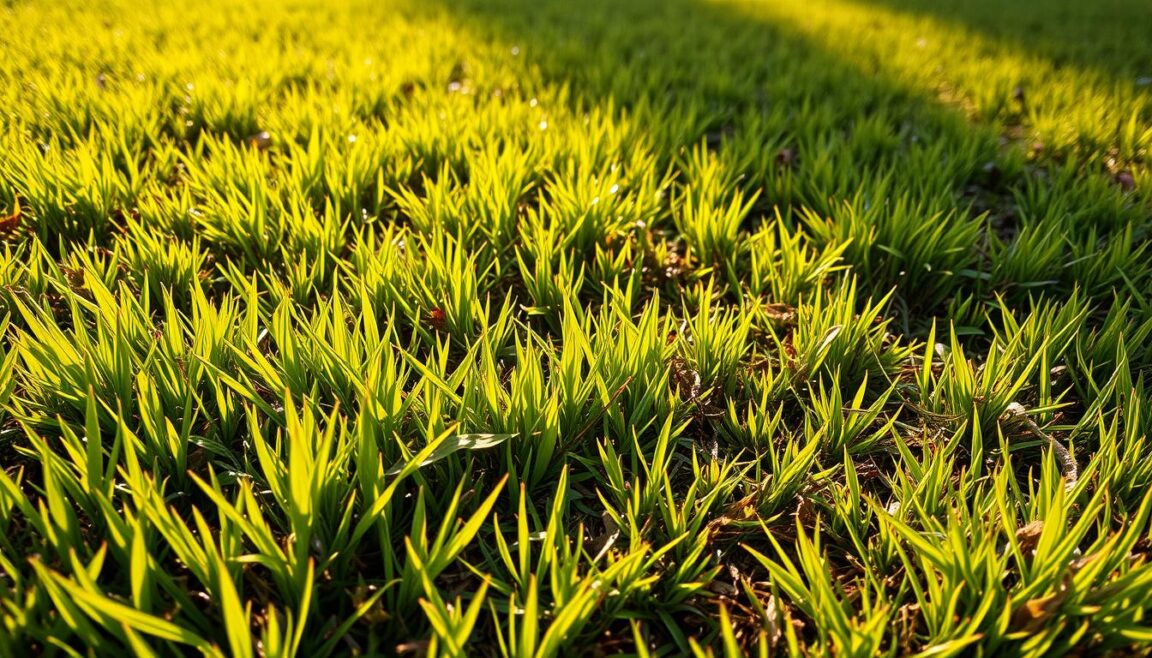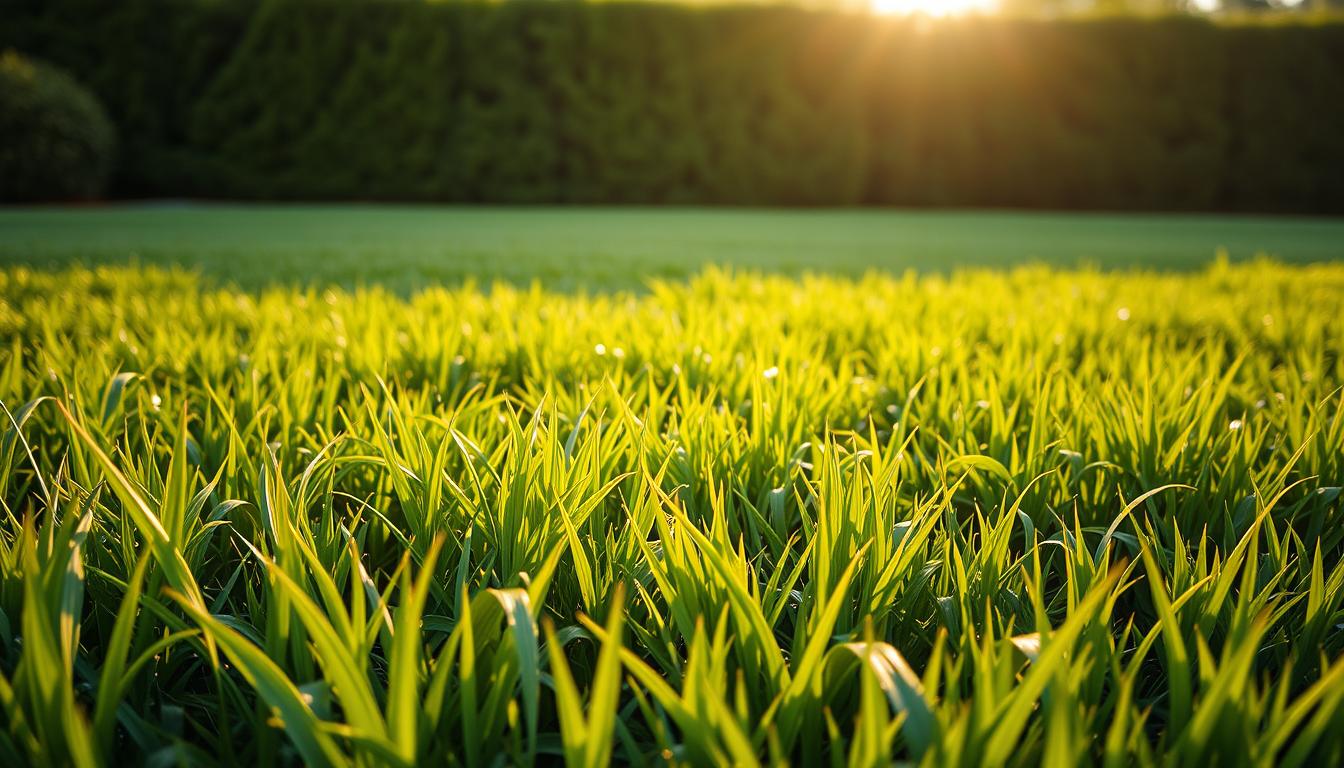Weeds That Look Like Grass
Maintaining a lush, weed-free lawn can be challenging, especially when unwanted plants blend in with your grass. Weeds that resemble grass are particularly frustrating because they are hard to identify and remove.
We will guide you through the process of identifying these pesky plants, distinguishing them from your regular grass, and effectively removing them to keep your lawn looking its best.
By understanding the common types of grass-like weeds and learning the best lawn care practices, you’ll be equipped to tackle the problem and enjoy a healthier, more vibrant lawn.
Identifying Weeds That Look Like Grass
The first step in achieving a weed-free lawn is recognizing the types of weeds that look like grass. Weeds can be challenging to identify, especially when they resemble the actual grass on your lawn.
Several common weeds are known to mimic the appearance of grass. Understanding their characteristics is crucial for effective weed management.
Crabgrass
Crabgrass is a notorious weed that spreads quickly and has a coarse texture. Its presence can be detrimental to lawn health.
Nutsedge
Nutsedge is recognizable by its sedge-like appearance and rapid growth rate. It can outcompete your desired grass for water and nutrients.
Annual Bluegrass
Annual bluegrass thrives in moist environments and is a cool-season grass. It can be challenging to eradicate once established.
Quackgrass
Quackgrass is a perennial weed with a robust root system, making it difficult to remove completely.
Foxtail
Foxtail is easily identifiable by its bristly seed heads. It can be a nuisance in lawns and gardens.
| Weed Type | Characteristics | Difficulty to Eradicate |
|---|---|---|
| Crabgrass | Coarse texture, sprawling growth | Moderate |
| Nutsedge | Sedge-like appearance, rapid growth | High |
| Annual Bluegrass | Cool-season grass, moist environments | Moderate |
| Quackgrass | Robust root system, perennial | High |
| Foxtail | Bristly seed heads | Low |
How to Distinguish Weeds from Regular Grass
Distinguishing weeds from regular grass is crucial for effective lawn care. To accurately identify weeds, we need to examine the characteristics that differentiate them from your desired grass.
One of the primary methods is to look at the leaf blade differences. Weeds often have distinct textures or colors compared to your lawn grass. For instance, some weeds may have hairy or waxy leaves, while your regular grass may be smooth.
Leaf Blade Differences
Observing the leaf blades can provide significant clues. Weeds like crabgrass have broader leaves and a more open growth habit compared to many turfgrasses. “Understanding these differences is key to identifying weeds,” says a lawn care expert.
Root System Examination
Inspecting the root system is another effective way to distinguish weeds from grass. Some weeds have more extensive or differently structured roots than regular grass. For example, nutsedge has a distinctive nutlet at the base of its stem, which is not found in most turfgrasses.
Examining the root system can be a bit more invasive, but it provides valuable information for identification.
Growth Pattern Clues
Observing the growth patterns of your lawn can also help identify weeds. Weeds may grow at different rates or have distinct spreading habits compared to your regular grass. For instance, quackgrass spreads quickly through underground rhizomes, while foxtail grows in clumps.

By paying attention to these differences, we can more accurately identify and target weeds for removal, ensuring our lawn care efforts are effective.
Effective Removal Methods
Effective weed removal is crucial for maintaining a healthy lawn, especially when dealing with grass-like weeds. To tackle these unwanted plants, we need to employ the right strategies.
Hand-Pulling Techniques
Hand-pulling can be an effective method for small areas of infestation. It’s essential to remove as much of the root system as possible to prevent regrowth.
Selective Herbicides
Selective herbicides offer a targeted approach, killing weeds without damaging your lawn. It’s crucial to choose the right product for your specific weed type.
Natural Control Solutions
For those preferring a more natural approach, improving lawn density or using non-toxic controls can be effective. Maintaining a healthy lawn through proper mowing, watering, and fertilizing can prevent weeds from taking hold.
Pre-Emergent Treatments
Pre-emergent treatments can prevent weeds from germinating in the first place. Applying these treatments at the right time is key to their effectiveness.
When to Seek Professional Help
Knowing when to seek professional help is also crucial. Extensive weed growth or persistent problems may require expert intervention to restore your lawn’s health.
By choosing the most appropriate removal method, we can effectively manage weeds and maintain a healthy, weed-free lawn.
Maintaining a Weed-Free Lawn
Maintaining a weed-free lawn requires ongoing effort, but with the right strategies, you can keep your lawn looking its best. Regular lawn maintenance practices, such as proper mowing, watering, and fertilizing, help promote a dense, healthy lawn that prevents weeds from taking hold.
By monitoring your lawn regularly for signs of weeds and addressing them promptly, you can prevent their spread. Combining these practices with effective removal strategies, such as hand-pulling or using selective herbicides, will help you maintain a lush, weed-free lawn throughout the growing season.
A well-maintained lawn not only enhances your home’s appearance but also provides a welcoming outdoor space for relaxation and recreation. With consistent care and attention to lawn maintenance, you can enjoy a beautiful, weed-free lawn that is resistant to Weeds That Look Like Grass.




